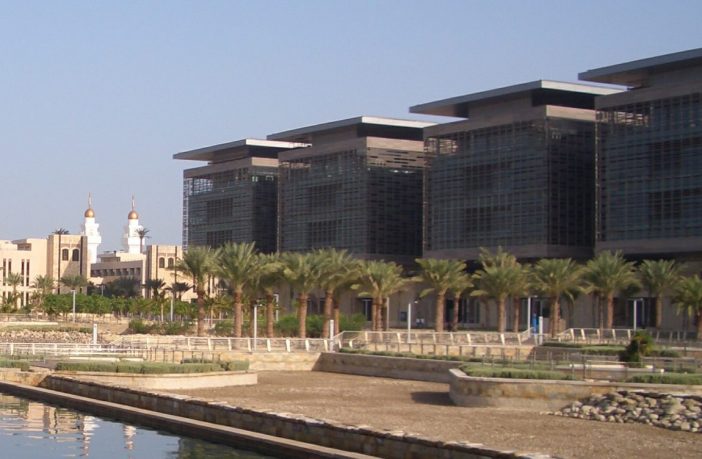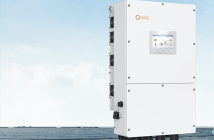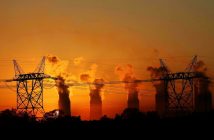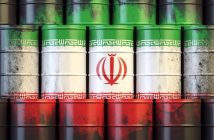While solar cell efficiencies continue to climb it remains a fact much of the sunlight hitting panels is converted to heat rather than electricity. In most PV installations that heat is not put to any purpose and can impair both the performance and operational lifetime of solar cells.
In an article published this week in Nature Communications, scientists at the King Abdullah University of Science and Technology(KAUST) in Saudi Arabia said they have demonstrated a system that uses the heat generated to purify water without affecting a system’s electricity output.
The article describes a device incorporating commercially available Sharp solar cells which also has a multi-stage membrane distillation device attached at the rear of the solar cell, with latent heat from the sun recycled at each distillation stage. The sides of the device are sealed with low-thermal-conductivity polyurethane foam to reduce heat loss.
The researchers reported the device can stably produce clean waterto meet the standards set by the World Health Organization at a rate better than 1.64 kg per square meter, per hour while PV panels continue to generate electricity at 11% efficiency, a rate the article reports is the same as that recorded on the same panels without the membrane distillation device.
Cell options
Peng Wang, professor of environmental science and engineering at KAUST told pv magazine the choice of solar cell was based only on convenience and the system is compatible with modern, more efficient products. “For our ongoing and second generation device we are using more of state-of-the-art cells,” Wang said.
The KAUST paper said if all the near 1 TW of solar capacity expected to be operational by 2025 was fitted with the distillation device it could, in theory, produce at least four billion cubic meters of fresh water per year – enough to meet 10% of the world’s drinking water consumption, based on 2017 figures.
The report added, with specially designed solar cells the system’s water production could be greatly increased without affecting electricity output. That is due to the fact solar modules are designed to radiate heat away into the atmosphere to lower their operating temperature, rather than being optimized to utilize such heat.
Practical matters
According to reports cited by the KAUST scientists, as much as half of the water used in Western Europe and the U.S. goes into energy production. In arid regions such as those widespread in the Arab world, as much as 15% of the electricity generated is required for clean water production.
“This strategy provides a potential possibility to transform an electricity generation plant from … a water consumer to an electricity plus clean water co-producer, and to make a meaningful contribution to the currently very stressed water-energy nexus,” read the Nature Communications article.
The report also noted, combining the two systems could bring savings in land use and balance-of-system costs: “The undoubted benefit of the integration of PV and water distillation is the highly efficient co-generation of clean water and electricity in one device at the same time on the same land,” stated the introduction. “[This] directly reduces land area requirement and the cost of the mounting system, as compared to two physically separate systems.”
Author: Mark Hutchins
This article was originally published in pv magazine and is republished with permission.











